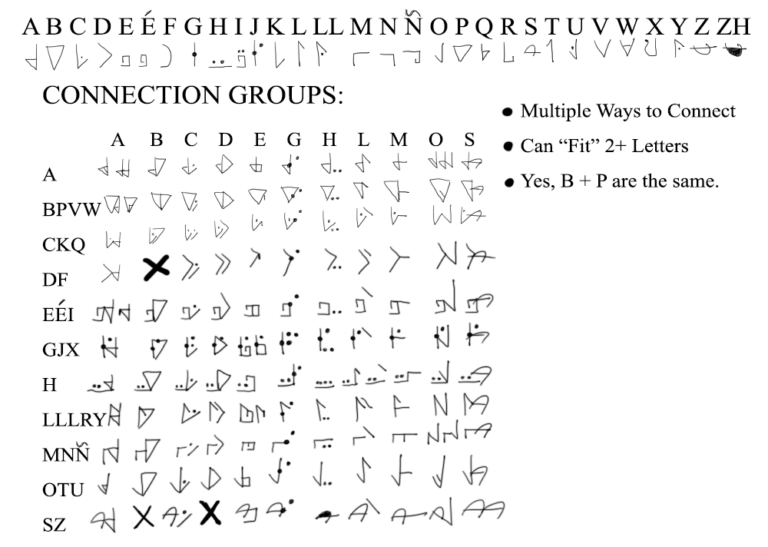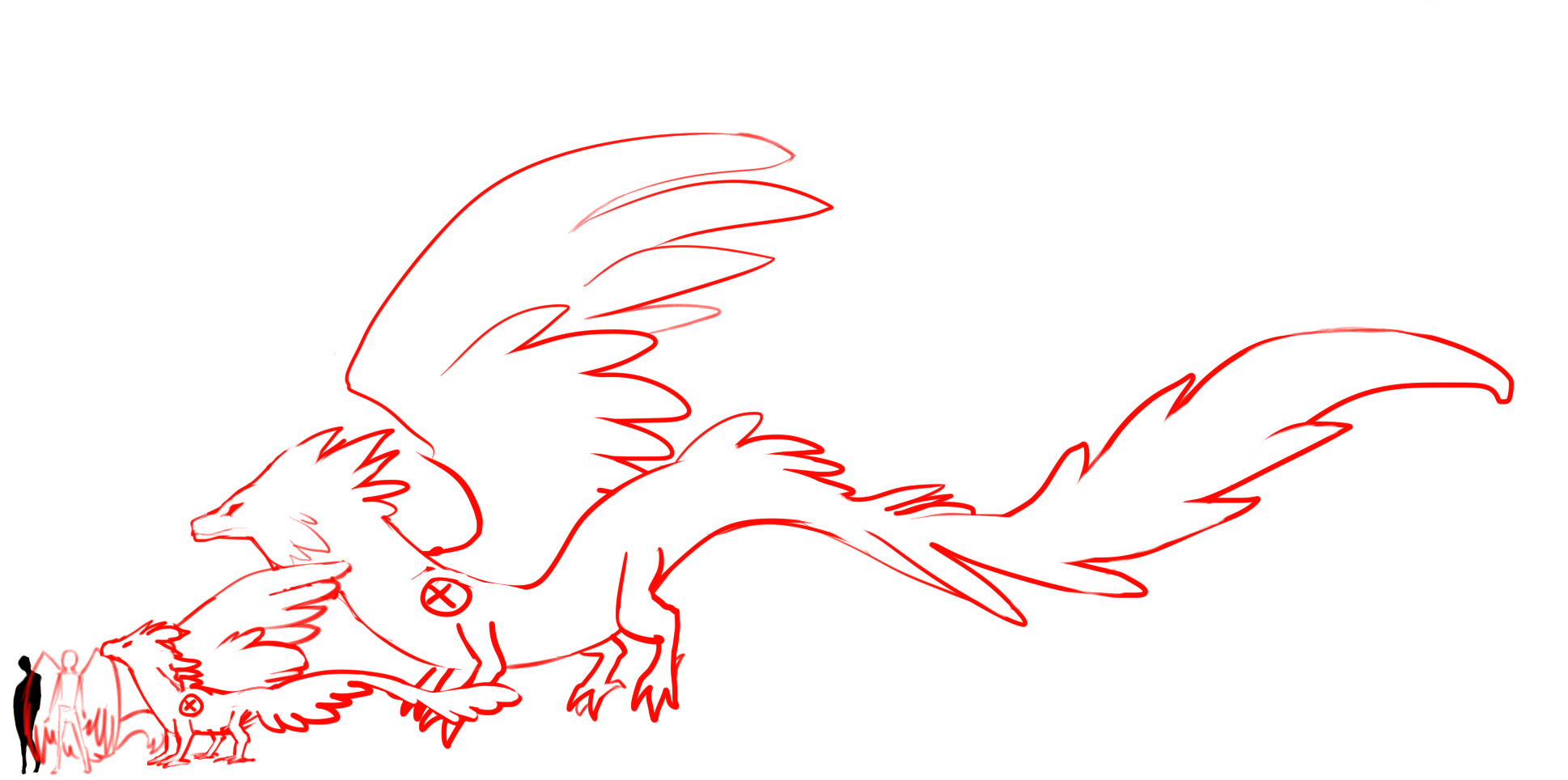Clothing Style: Cold-faring Tribal Garb
Primary: Black ; Secondary: Gold
Tsotska d’la Mer is located on an incredibly remote and mountainous island. While it isn’t as expansive as the islands of the Bestia, it is covered in large, steep mountains. The extreme edge of the island has an incredibly high and active cone volcano. It is said that an ancient fire dragon in its center keeps the volcano from ever harming the people of the island. Despite this, the island itself is always cold and often covered in snow. These people are incredibly attuned to the world of dragons and even resemble them in a way. They take on reptilian appearances, though they never grow wings as a true dragon would.
Which is good and well, since they would only want to soar the skies with a dragon companion! A disproportionately large number of Tsotska become Riders. Learning to work with dragons is part of a child’s curriculum, just as important as math or magic, giving them lots of chances to impress a dragon. For those that don’t bond with an Elemental Dragon, there are always feral dragons to tame and use.
They are led by a Tsotska-mar, though a senate exercises great control over the Tsotska-mar’s power. A group of trained dragon riders is also considered a major political force alongside the senate, and they are much more influential on the Tsotska-mar thanks to the respect they have earned from dragons.
Their homes are made of brick and wood to maximize heat retention. Dragon Riders live close to the stables towards the top of the mountains, while the others live near a large port close to sea. The stables themselves have one entrance that opens to the side of the mountain and another that opens to a cliff—perfect for dragons to land and light. The island itself has very few wild animals, which leads Riders to feed their dragons with prey from the Chronoscape.
Tsotska Culture & Politics
Like Bestia d’la Mer, Tsotska d’la Mer is split into two islands. The first has a sparse population that continues to grow smaller. The second island is used to raise wild game exclusively to feed their dragons. It has mild summers and harsh winters. It’s the only place on the planet that hosts frozen seas in the winter. The beaches are covered in stones rather than sand. Their tailors are masters at what they do, though few visit their docks to take advantage of their skill. They have to be masters with all the cold-blooded creatures running around in need of warmth.
The inhabitants are highly distrustful of outsiders—even their own Erré. They particularly detest the T’terre, who ride mounts they consider sub-par, stupid, and demeaning to their rider. They think it reflects an inability to tame or deserve a dragon. Dragons are central to their culture and cause a huge rift within it. Not everyone becomes a Rider, so those that do are lauded as heroes. Those that don’t are the ones that determine the rules, but the Riders have huge political sway. On top of that, the Tsotska-mar is personally appointed by the vote of dragons. These two powers are constantly at odds on what is important for the island.
Although they learn no magic of their own, they can quickly tap into a dragon’s abilities and use it to its fullest extent. This exceptional learning speed and power, combined with their close affiliation with dragons, is the main reason that the Abrendese seek them out for experiments. The second reason is their isolation from the rest of the world. It takes several days of straight flight or swimming to reach the nearest populated island. The third reason is their cultural distance from the other races; In general, they are disliked for their inability to use ‘normal’ magic and their exclusive communities. The fourth is the general lack of wealth. While the Tsotska-mar frequents the Chronoscape more than any other living ruler, he does so purely to protect his island. Advantageous trades are not on his list of priorities, nor would he be very good at them.
It is something of a perfect storm that the Abrendese nobles have taken full advantage of. Raids of the island are not unusual, and the Tsotska are hindered in protecting themselves by a strict code set in place by their god. They can only defend their island while in flight or sailing.
Tsotska Religion & History
Their god is the oldest of them all. Tsotska is called the father of all Riders; He was the very first among them. Prior to his bond, the dragons were seen as mortal enemies to life itself. He founded Tsotska d’la Mer as a sanctuary to anyone who sought it. Dragons, Riders, and anyone else who needed assistance were permitted to stay. At the same time, the requirements to do so were very strict. Dragons were not permitted to harm one another with ill intent. They were certainly not allowed to harm Riders and vice versa. Those found to disobey these rules on the soil of the island would be killed on the spot. There was a tiny bit of leniency for accidents and scuffles. Tiny. It was not a utopia by any means, but it was one of the first places of its kind.
Tsotska himself is weak compared to other gods, despite his age. He spreads out his existence through the consciousness of all Riders, allowing him to convey critical information to the Tsotska-mar and provide small pieces of assistance to Riders in far places. While he can’t interact directly with the world, he can command dragons to aid others and have complete conversations with the Tsotska-mar. He is not able to communicate with other Riders, though he knows all their concerns.
Tsotska Magic
Tsotska do not have any intrinsic magic of their own. However, they possess a vast wealth of potential that any dragon can tap into. Both they and their dragons are quick to learn dragon magic. This exceptional learning speed and power, combined with their close affiliation with dragons, is the main reason for their persecution.
At the same time, Tsotska have a strange ability to recognize the ailments of dragons and know exactly how to treat them. This could be due to their upbringing more than magic, even if the young ones are able to do it perfectly. There are some common signs that Tsotska can use to pose a dragon and check their health. They are not magical, though even foreign dragons will always know what the Tsotska is trying to indicate.
The only one to practice unique abilities is the Tsotska-mar. Through the blessing of Tsotska, he can read the minds of both dragons and their Riders. He is capable of singing dead dragon souls and Riders into a peaceful rest, which in turn strengthens Tsotska. He can command all dragons as if he himself was their Rider.

